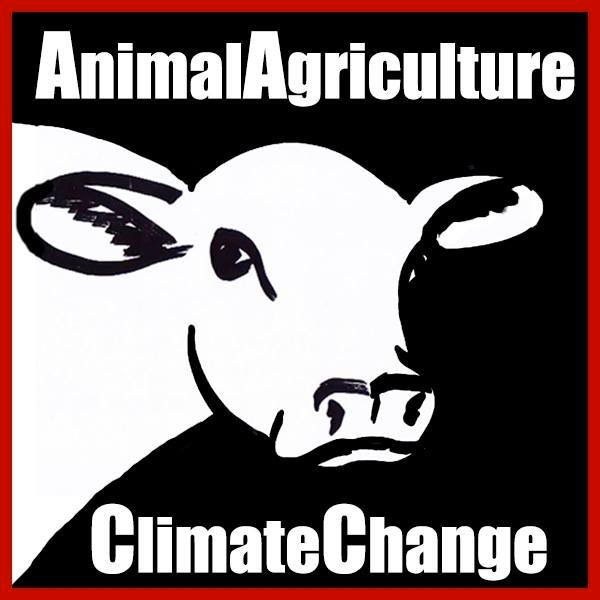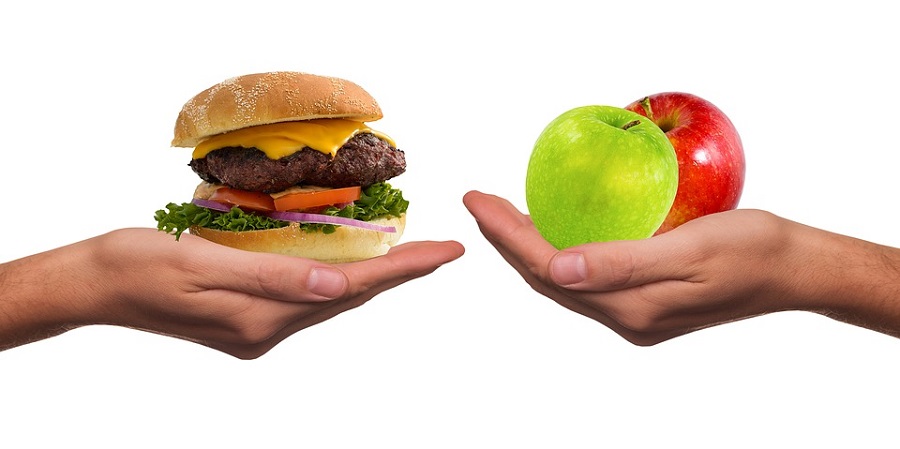Consumer food choices and habits can help to clean up the planet, decrease the impact of climate change and contribute to shrinking world hunger.
Food is why we’re all here. It sustains life, spreads joy and brings us together. But if we are to feed 10 billion people in a healthy way within planetary boundaries, the way in which we produce and consume food needs to change.
As the coronavirus pandemic puts food security and nutrition at risk in many countries and hurts the livelihoods of small producers, we are called to re-evaluate our food systems.
As consumers, we have the power to be part of this transition. Informed and empowered consumers send a powerful message to producers and policymakers alike.
During the last century, the focus on crop yields and making food accessible and affordable has contributed to immense progress, with reductions in hunger, improved life expectancy, falling infant and child mortality rates, and decreased global poverty.
Still, nearly 700 million people – equivalent to half of India’s population – are undernourished. At the same time, 2 billion adults are overweight or obese and 1 in 5 deaths around the world are related to poor diets. Unhealthy diets have become a leading cause of mortality, killing more people globally than drug, alcohol and tobacco use combined.
What is more, this singular focus on yield and efficiency has come at a significant cost for our planet. Today’s food systems contribute up to 37{85424e366b324f7465dc80d56c21055464082cc00b76c51558805a981c8fcd63} of global greenhouse gas emissions and are a leading driver in the dramatic decline in biodiversity, putting us in the midst of a sixth mass extinction.
Beneath our feet another crisis is unfolding: soils are being turned to dirt. Soil is a living system bursting with lifeforms that all play important roles in delivering nutrients to plants, maintaining soil fertility, retaining water and fighting climate change. Replenishing and protecting the world’s soil carbon stores could help offset up to 5.5bn tonnes of greenhouse gases every year.
But currently, about one-third of the world’s soil is degraded due in large part to intensive farming practices. Scientists predict that share will jump to 90{85424e366b324f7465dc80d56c21055464082cc00b76c51558805a981c8fcd63} by 2050 if nothing changes. Without healthy soil, we face increased risks of desertification, dust storms and flooding. We also lose productive land, with crop yields predicted to fall by as much as 50{85424e366b324f7465dc80d56c21055464082cc00b76c51558805a981c8fcd63} in certain regions, leading to forced migrations and violent conflicts. Ultimately, unhealthy soil equates to unhealthy food as the nutritional value of fruits, vegetables and grains are declining due to soil depletion.
But there is a way to change this worrying course and heal the land and balance the climate while feeding the world with healthy food. It is called regenerative farming.
Based on ancient knowledge, pioneering holistic planning and cutting-edge science, regenerative agriculture increases biodiversity, replenishes soils, improves water security, stores carbon and improves the nutritional value of our food through simple practices such as no-tilling, the use of perennial crops and livestock rotation. This type of agriculture also supports thriving farmer communities, so they can retain a larger share of their profits.
While shifting from destructive and extractive agriculture will take major efforts from governments and business alike, consumers also have the responsibility and power to act. How and what we eat matters, and we must use that power wisely.
What consumers can do
Boycotts, demonstrations, and campaigns on social media have been powerful levers to demand positive change. However, there are simpler changes that consumers, especially in wealthier countries, can make to drive action:
1. Eat nutritious plant-rich diets
Currently, the average meat intake for someone living in a high-income country is 200-250g a day – far higher than the 80-90g recommended by the United Nations, and ten-fold that of lower-income countries. Livestock takes up nearly 80{85424e366b324f7465dc80d56c21055464082cc00b76c51558805a981c8fcd63} of global agricultural land, is a leading cause of tropical forest clearing and uses enormous amounts of water, yet produces less than 20{85424e366b324f7465dc80d56c21055464082cc00b76c51558805a981c8fcd63} of the world’s supply of calories.
Overconsumption of red and processed meats is also making us sick. Eating red and processed meats as little as twice a week increases the risk of cardiovascular disease and premature death by 3 to 7{85424e366b324f7465dc80d56c21055464082cc00b76c51558805a981c8fcd63}. Sustainably managed, grass-fed and humanely raised livestock needs to be part of regenerative farm ecosystems.
However, it is likely such systems will not be able to feed the world’s growing appetite for meat on existing land. While it might sound counterintuitive, to support regenerative ranchers, consumers should increase their intake of alternative proteins such as whole grains, nuts and seeds, and fruits and vegetables while carefully choosing where they get their meat.
2. Diversify what’s on your plate
Regenerative farms are diverse by design, integrating a large variety of crops and wildlife on the same land. This contrasts with our global food systems, which have tended towards general homogenization of landscapes and agricultural varieties, as high-output varieties have come to dominate. Despite there being about 30,000 edible plant species, more than 40{85424e366b324f7465dc80d56c21055464082cc00b76c51558805a981c8fcd63} of our daily calories come from three staple crops: rice, wheat and maize. And 75{85424e366b324f7465dc80d56c21055464082cc00b76c51558805a981c8fcd63} of the world’s food comes from just 12 plant and five animal species. In China, for example, there has been a decline in the number of local rice varieties from 46,000 in the 1950s to slightly more than 1,000 in 2006.
This uniformization can make poor and marginalized populations vulnerable to pests and the impacts of climate change and threaten global food security. Dietary diversity also makes eating more fun, tasteful, healthy and adventurous. Eating more diverse whole foods would stimulate the search for adapted species and varieties and thus increase cultivated biodiversity and support local regenerative farmers.
3. Reduce and repurpose your waste
One-third of the food is wasted worldwide – representing an agricultural land area larger than Canada and India together – while 821 million people are undernourished. When food is lost or wasted, all the resources that were used to produce it – water, land, energy, labour and capital – go to waste. In addition, the disposal of food loss and waste in landfills leads to greenhouse gas emissions, contributing to climate change.
Consumers in wealthy nations waste up to 115 kilograms of food per capita a year on average, compared with just 6 to 11 kilograms per capita in Sub-Saharan Africa and South Asia. Simple steps such as meal planning, picking the ugly vegetable, following the “use-by” rather than the “best before” date, freezing leftovers and composting food scraps to turn them into valuable nutrients for the soil go a long way.
Informed and empowered consumerism can be transformative in demanding better food systems. This requires us to recalibrate our expectations about the role of farming, fishing and food in our lives – starting with understanding the impact of our dietary decisions on our health, society and environment.
Food is a central part of our lives. It’s time to reconnect with it – for your health, for people and for the planet.
Original source: https://www.weforum.org

